We’ve all experienced walking through a space and finding it unclear or confusing to navigate. It leaves us with a negative impression or, even worse, feeling frustrated. The core function of effective signage and wayfinding is to guide visitors through a built environment effectively and effortlessly. But the best signage design goes far beyond just effective navigation. It’s also about creating positive associations and a meaningful experience.
The most successful brands start with an investment in a well-defined brand architecture. Signs and graphics reflect and support the brand they belong to. An effective and cohesive brand strategy can enhance a visitor’s overall experience within a defined space. With over two decades of expertise in wayfinding design, experiential graphic design (EGD), and branding design, here are a few things I always consider when I’m developing a design plan for the built environment.
Make Brand Cohesion a Priority
The most successful brands start with an investment in a well-defined brand architecture. To successfully implement branding in the physical environment we rely on a comprehensive series of guidelines that act as a roadmap for consistently implementing your brand’s identity. Having a consistent framework will guide the design process, influence messaging and the choice of language, and ultimately control how your brand is perceived. Without a thoughtfully considered brand architecture in place, designs can often feel unorganized, lack consistency and create experiences that feel “off brand.”
A standard set of guidelines should define things like your core mission statement and key value propositions. Your brand’s values should be communicated through the consistent use of typography, color and imagery. The most thorough and sophisticated guides will even outline the use of physical material and set parameters for working with the brand dimensionally and at different scales. And, of course, they should also include digital applications.
My extensive knowledge of branding allows me to provide guidance and expertise throughout the design process. I want to make sure your brand contributes to a positive experience in your built environment. With a strategic brand architecture in place, an effective environmental design plan can help your space to leave lasting impressions and enhance your customers’ awareness of your brand’s message.
First Impressions Are Forever
Signage is central to how visitors experience your space. It’s often the very first interaction someone will have with your brand. Make it count.
Think of signage as more than just a tool for wayfinding: It’s also an opportunity to make an effective statement. Seek opportunities to be clever and to build something memorable and unexpected. You can use your signage to create a sense of fun, or you might want to convey a message of professionalism or a mystique of streamlined sophistication.
Ultimately, signage is a valuable touch-point for your brand’s visibility in the environment and should reflect the values it represents. Your signage can determine the ultimate impression your brand makes.
Details, details…
A sign plan is only successful if it works within the physical constraints of your space. Our expertise in developing signage plans can help. There will likely be constraints on the amount of signage that is permitted. In most cases, there will be limits to the amount and size of exterior signage a property can have. I also help my clients to determine an appropriate format for exterior signs (which could be building-mounted, marquee, monument signage, or window treatments . . . to list just a few options). Read this insight about signage plans to learn more about what to expect.
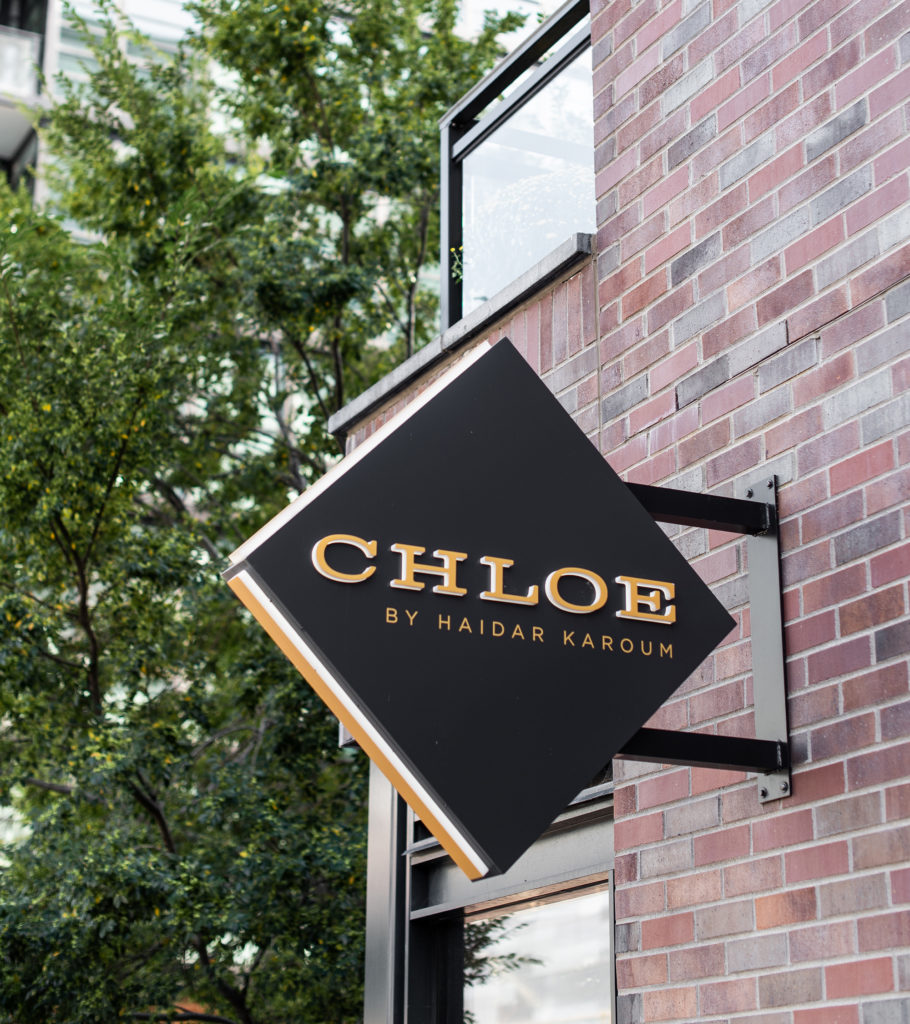
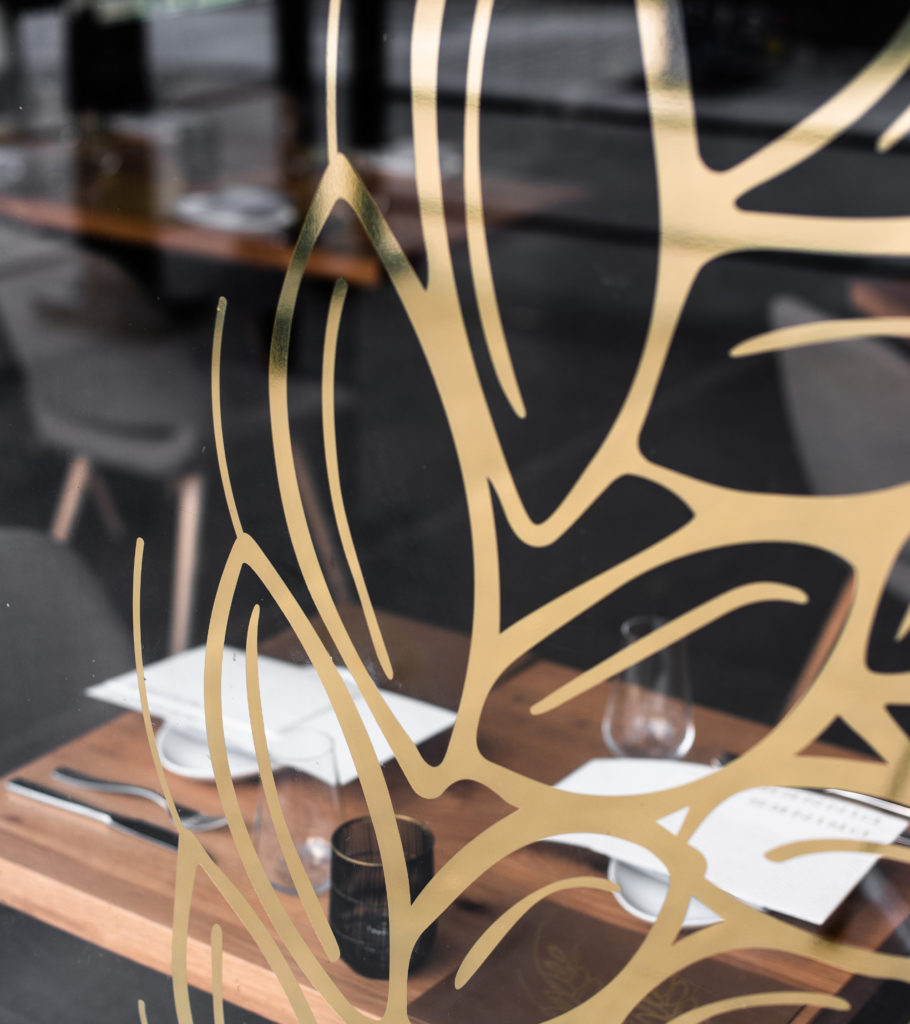
Create a Memorable Environment
Signage and wayfinding are about moving and guiding people through a space effectively. But they can also help to create lasting memories. I explained above that your environment should be a physical extension of your brand. Taking this one step further, it can also be a way to craft a story that you want to tell–and compelling narratives are what create lasting memories.
One problem I, unfortunately, find to be all too common for interior spaces is trying to do too many things at once. The resulting mental cacophony is a recipe for a muddled experience. Too many narratives mean that there is no overarching message being delivered.
Keep things simple. But simple doesn’t mean boring; it means considered. And here, the subtle details are everything. The feelings that visitors get when navigating through your physical space set the tone for the story you want to deliver.
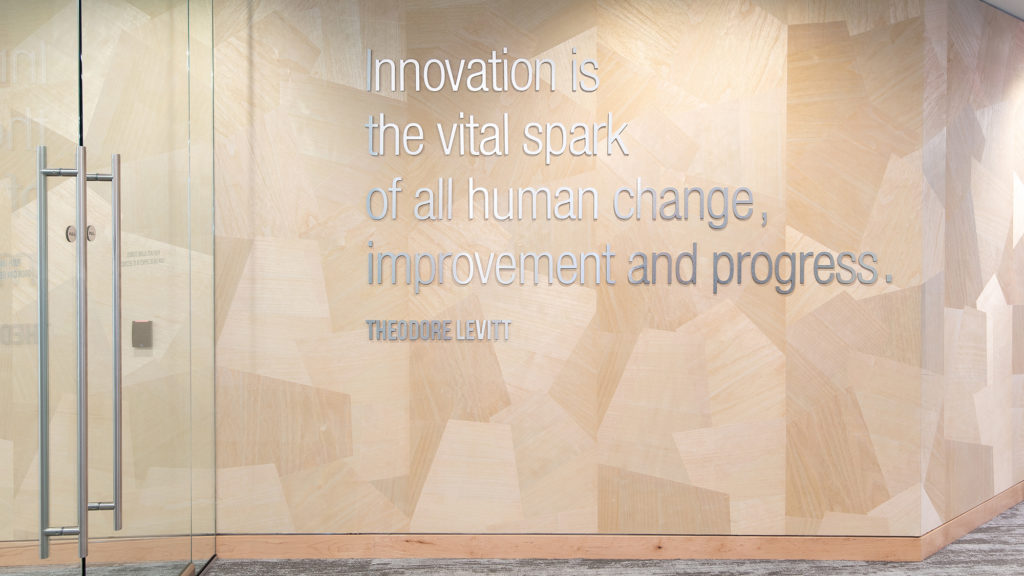
Build in Custom Moments
Many of my clients ask about including feature installations within their built environments. This could mean anything from custom artwork to interactive experiences. There’s no limit to the kinds of features that could be effective or the kinds of settings where they could give an added dimension to your visitors’ experiences. Retail, hospitality and corporate spaces can all benefit.
Feature installations are not just fun and games. As with the other types of branding I’ve outlined above, features can serve as extensions of your brand. They can also create a visual impact that both informs and delights.
Adding custom artwork can give a space a memorable moment and make your environment unique. It could include custom interactive and social experiences. Compelling artwork can even lead to increased public exposure to and awareness of your brand.
Custom installations present the opportunity to design something that is uniquely you. They can further your unique voice and, by doing something unexpected, create memories by bringing delight. Feature installations thus present the opportunity for storytelling moments that create lasting impressions.
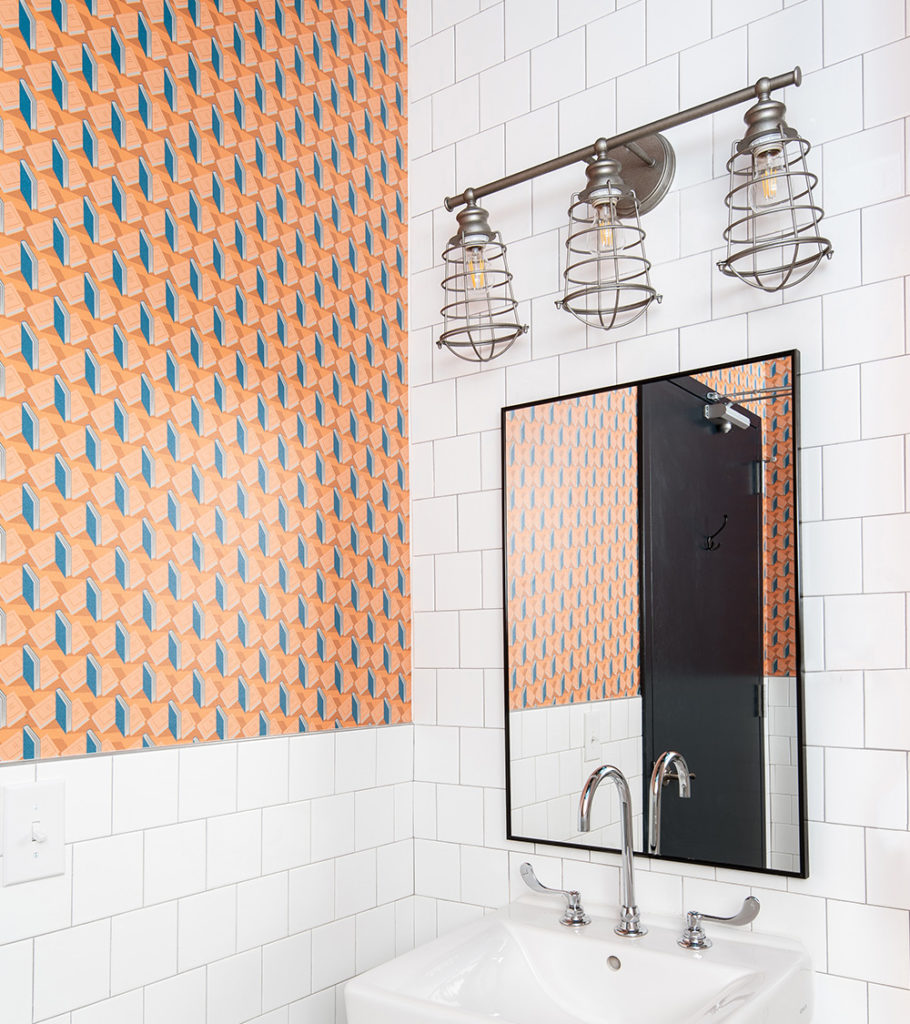
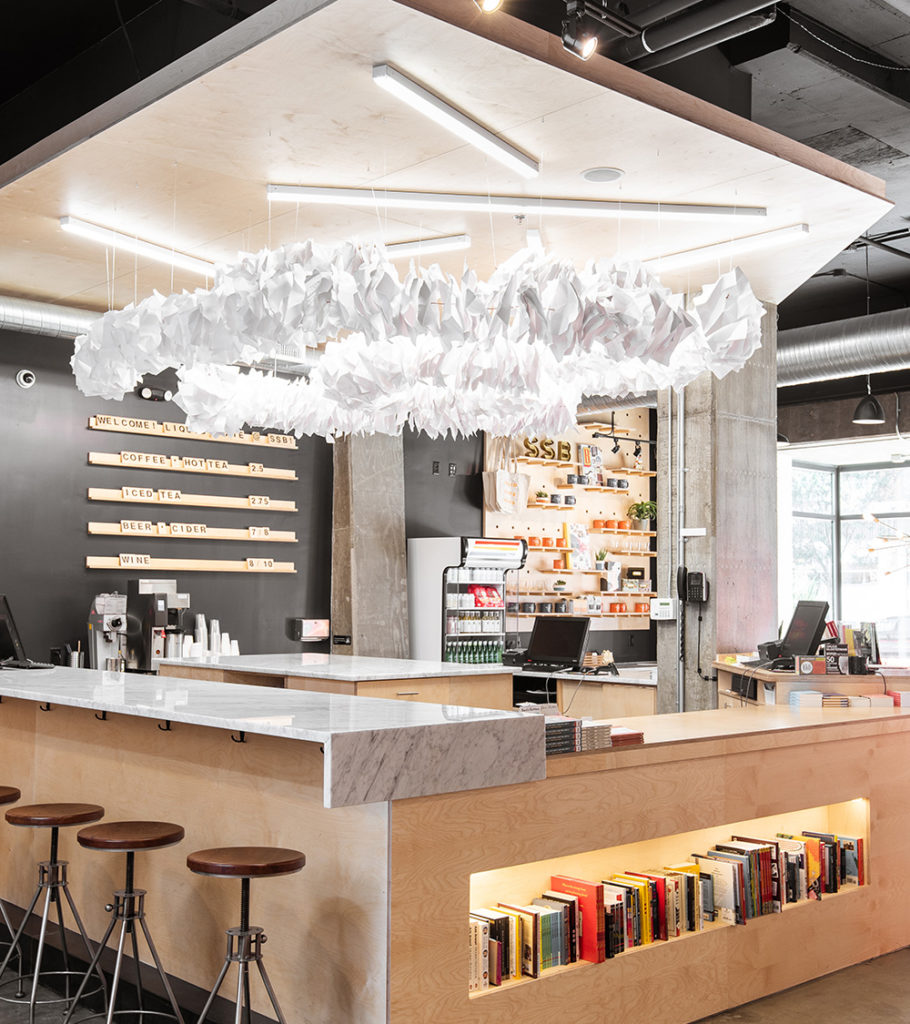
Spaeth Hill is an award-winning design practice that brings years of creative excellence and expertise. We connect opportunities by looking for strategic ways to incorporate the brand throughout a corporate or retail space. Whether in wayfinding, experiential graphic design or brand consultancy, we build connections and showcase a brand’s culture within the built environment.